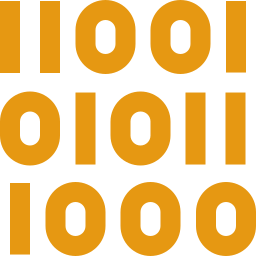Imagine yourself driving quietly on board your Tesla Model S and all of a sudden an engine light shows up on your dashboard ! The most standard kind of reaction is worries of risking a serious issue. To know what accurately this light refers to, you will have to learn how to read an Tesla Model S fault codes, you may have already heard of OBD system, this is exactly what we are going to focus on. Our writers have decided to publish this piece of content to help you quickly locate the origin of this default code and to give you serenity. To get this done, we will first look at the nature of a fault code on Tesla Model S, then how to read an Tesla Model S fault code, and finally how to erase this fault code to be able to turn off the light on your dashboard.

What is a Tesla Model S fault code?
A fault code is a universal or standard code common to all manufacturers , they are also known as DTC (Data Trouble Code), the objective is to be sure that any diagnostic OBD can read them. They will be symbolized by a standard format, like for example: P0255. Each info will have a special meaning. Default codes are codes issued by the calculators of your Tesla Model S. These ECUs will continuously monitor your vehicle’s emissions, pressures, mixtures and when the values exceed the limits set by the vehicle’s ECU, the fault code will emerge. The benefit of knowing how to read a fault code on your Tesla Model S is that you will have gain access to to complete statistics about your vehicle which will allow you to understand what issue you are standing in front of.
How to read a fault code on my Tesla Model S?
In this second part we will now focus specifically on what brings you here, how to read a fault code on Tesla Model S. To gain access to this useful info you will need to to get a diagnostic tool, also referred to as OBD 2, named after the socket on your Tesla Model S to which you will have to connect. These diagnostic tools are easily available, you will be able to find some in Bluetooth version which connects to your phone and some standard versions with a reader associated to the socket, as far as price is concerned, you will be able to find models between 30 and 100 euros. Once you have bought an OBD2 diagnostic reader, you will have to situate the diagnostic plug on your Tesla Model S, it is based on the left side of your steering column on the lower part of your dashboard, behind a hatch. It is easy to locate because it is triangular shaped and has 16 pins. All you have to do is connect with your diagnostic tool to read the fault code of your Tesla Model S.
How to erase the fault code Tesla Model S
Finally, to finish this article content, we are going to describe you the process to perform to erase a fault code on your Tesla Model S. Once you have navigated through the menus, you will access the list of active fault codes on your car. Nevertheless, you will have to ask yourself an essential question, is it really beneficial to erase this fault code on Tesla Model S? Absolutely, erasing a fault code without dealing with the issue corresponds to closing its eyes to the fact. Moreover, the computer of your Tesla Model S is made to take decisions depending to the data it collects, if an important fault code is present, it will actually modify the engine comportment to preserve it. So if you delete the fault code, remember to solve the problem to which it is linked. Some OBD diagnostic tools do not allow you to do this. You have a dedicated navigation menu on most diagnostic tools that should allow you to clear this fault code on Tesla Model S.
If you wish more tutorials on the Tesla Model S, go to our Tesla Model S category.

